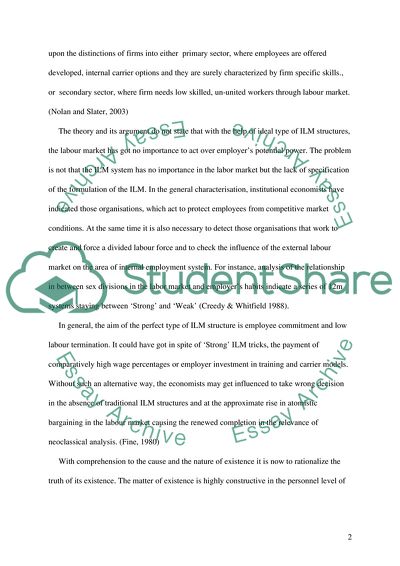Cite this document
(Internal Labour Markets in the Context of the Global Economic Changes Essay, n.d.)
Internal Labour Markets in the Context of the Global Economic Changes Essay. Retrieved from https://studentshare.org/macro-microeconomics/1715329-how-have-economists-come-to-rationalise-the-existence-of-internal-labour-markets-to-what-extent-can-these-theories-account-for-the-changing-scope-and-nature-of
Internal Labour Markets in the Context of the Global Economic Changes Essay. Retrieved from https://studentshare.org/macro-microeconomics/1715329-how-have-economists-come-to-rationalise-the-existence-of-internal-labour-markets-to-what-extent-can-these-theories-account-for-the-changing-scope-and-nature-of
(Internal Labour Markets in the Context of the Global Economic Changes Essay)
Internal Labour Markets in the Context of the Global Economic Changes Essay. https://studentshare.org/macro-microeconomics/1715329-how-have-economists-come-to-rationalise-the-existence-of-internal-labour-markets-to-what-extent-can-these-theories-account-for-the-changing-scope-and-nature-of.
Internal Labour Markets in the Context of the Global Economic Changes Essay. https://studentshare.org/macro-microeconomics/1715329-how-have-economists-come-to-rationalise-the-existence-of-internal-labour-markets-to-what-extent-can-these-theories-account-for-the-changing-scope-and-nature-of.
“Internal Labour Markets in the Context of the Global Economic Changes Essay”. https://studentshare.org/macro-microeconomics/1715329-how-have-economists-come-to-rationalise-the-existence-of-internal-labour-markets-to-what-extent-can-these-theories-account-for-the-changing-scope-and-nature-of.


